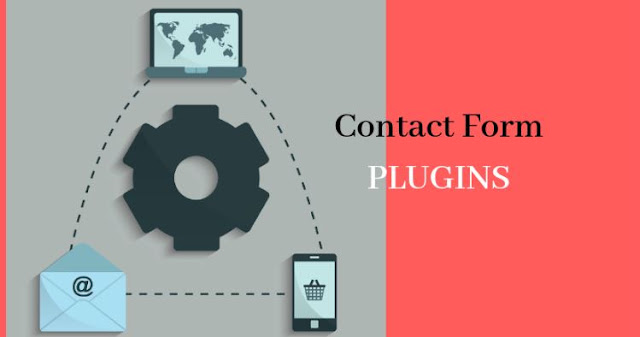Just like any other industry, mobile app marketing experiences trends. Staying on the cutting- edge of new technology and strategies helps marketers stay competitive in a rapidly shifting marketplace. On the flip side, failing to do so means your app will have a tougher time garnering genuine engagement and building a loyal fanbase.
Like fashion, some mobile app marketing trends even emerge by season. Here are some developments to consider for autumn 2018 and beyond.
Increasingly Refined Targeting
Marketers have more mobile user data available to them than ever before. There’s demographic information like age, gender, location, income level, etc. available to harness for improved targeting. There’s also behavioral information to add into the mix. According to Business 2 Community, “as mobile marketing suites become more nuanced”, here are a few audience-related questions marketers should ask:
- How can we segment? - Which groups are dynamic? - How can we better target based on past activity?
The use of target lookalike audiences is also on the rise, meaning marketers serve ads to potential users who share characteristics in common with current users. Put it this way: If 30- to 35-year-old male iPhone users in major cities are your most active users, you can now serve ads to mobile users embodying most or all of those characteristics who may not have otherwise heard of your app. Broad audience segments are outdated in the face of the better targeting strategies available today.
Rising Re-Engagement Efforts
Acquiring new users is important, but only a fraction of people who install your app will continue engaging with it. As Business Insider reports, just 37 percent of users return to an app a month after downloading it. By month three post-install, user retention drops down to 22 percent. This explains the rising trend of trying to actively re-engage users in addition to acquiring new ones.
Sometimes all people need is a reminder where they left off in the funnel to convince them to return to an app and take the next step. The key is showing mobile users personalized ads that appeal to their wants and needs. A travel app could advertise flights to London on sale to someone who browsed flights to this city in the past but never booked one. Partnering with retargeting companies, such Liftoff, allows marketers to show highly relevant ads meant to increase in-app conversions by re-engaging users.
Automated Media Buying
Artificial intelligence algorithms have smoothed out the ad buying process. Here’s how Digital Marketing Institute describes this shift toward programmatic—or automatic—buying: “Whereas the traditional method includes requests for proposals, tenders, quotes and human negotiation, programmatic buying uses machines and algorithms to purchase display space.”
This process occurs through use demand side platform (DSP) on the buyer side to decide how much to pay for which impressions, and a supply side platform (SSP) on the seller side. Then these platforms match up, freeing human marketers to focus on higher-level tasks than haggling for ad space and purchasing it manually.
This trend of shifting toward programmatic mobile app ad buying empowers marketers to optimize their ad spend.
More Intelligent Ad Creative
Artificial intelligence is also revolutionizing the art and science of ad creative itself. Programmatic ad assembly enables marketers to generate personalized ads in real time and refine them based on which elements perform best in which configurations. One of the primary advantages of programmatically assembled ads is that they eliminate the need for manual A/B testing because they optimize as they go based on results.
Mobile marketing is only growing in importance each year. Following these mobile app marketing trends will help you drive engagement in autumn 2018 and beyond.
I hope you enjoyed this blog post about the most important mobile application marketing trends to follow this year and going forward.
Interested in more articles about mobile app marketing?
Read Related Resources:
• Pros And Cons Of Mobile App Development Companies
• How To Masterfully Improve Your Mobile Marketing
More Bootstrap Business Blog Below




